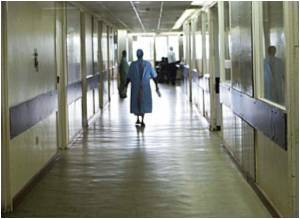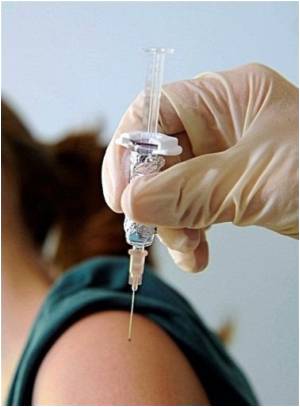
"It was excellent," she told AFP about the care she received. "Actually it was beyond what I expected. I was really happy with the experience, happy with the doctor, the hospital and the nurses."
Carla, who asked for her real name not to be used, is one of more than 150,000 foreign nationals who come to India every year for medical treatment at a fraction of the cost in their own countries.
The Associated Chambers of Commerce and Industry of India has estimated that the medical tourism sector is growing at an annual rate of about 30 percent and could be worth more than two billion dollars by 2012.
Procedures on offer at private hospitals across the country now cover everything from cosmetic surgery and dental treatment to joint replacements and complex heart operations.
But The Lancet medical journal in August raised fears that the sector's growth could be checked, after the discovery of a new "superbug" in India that could be picked up by medical tourists and spread around the world.
Advertisement
Since the article appeared, cases have been reported in people from Europe, Canada, the United States, Kenya, Australia, Hong Kong and Japan, all of whom had previously received medical care in India or Pakistan.
Advertisement
She and her husband, who had a heart check-up at a leading cardiac care centre during their visit, said they thoroughly checked out the doctor, procedure and the cleanliness of the facilities beforehand.
"I think once in a while you hear that there's something from here and there and nothing's happened. This was not a concern for me," she said.
Industry figures also played down fears about NDM-1, the existence of which was highlighted by Indian researchers several months before The Lancet report.
"We've not had any cancellations," said Vishal Bali, chief executive of the Fortis Hospitals group, which is expecting to treat up to 10,000 overseas patients this financial year -- a near 40 percent rise on 2009-10.
"We get a lot of patients from the US and the developed world," he added. "Yes, there will be queries, people have asked about it."
But he said the fears could end up like those over Severe Acute Respiratory Syndrome (SARS), a pneumonia-like virus that killed nearly 300 people in Hong Kong in 2003, or the outbreak of human swine flu last year.
Neither affected global travel significantly, he said, questioning the sample size of The Lancet's "superbug" study.
Some in India have seen the article as unnecessary scaremongering and even eyed a malicious conspiracy to scupper the booming medical tourism sector.
Plastic surgeon Mohan Thomas, who operated on Carla, said the superbug issue had to be seen against the successes in India's rise in the globalised healthcare sector and if anything had raised awareness about good practice.
"We've been rated number five as a destination for cosmetic surgery," said Thomas, who returned to Mumbai in 2002 after more than 25 years in hospital practice in the United States. "We were not even on the map a few years ago."
The NDM-1 debate was valid, he said, but the existence of drug-resistant bacteria like MRSA (meticillin-resistant Staphylococcus aureus) or Clostridium difficile in the West showed that hospital-acquired infections occur worldwide.
Foreigners like Carla, he said, will still come to India, lured by lower costs, high-quality care and well-trained, English-speaking medical staff, and will often be more informed and prepared than those who opt to stay at home.
Nevertheless, he, Bali and others accept there is room for improvement, particularly in the administration of antibiotics which has contributed to the global problem of drug resistance.
"Indiscriminate use of antibiotics that are non-specific is the prime reason why these bacteria... (become) resistant to existing antibiotics," said Thomas, dressed in surgical scrubs at his cosmetic surgery clinic in Mumbai's suburbs.
"There needs to be a gatekeeper in every country to make sure that the antibiotics are dispensed in a responsible manner," he added.
Source-AFP











